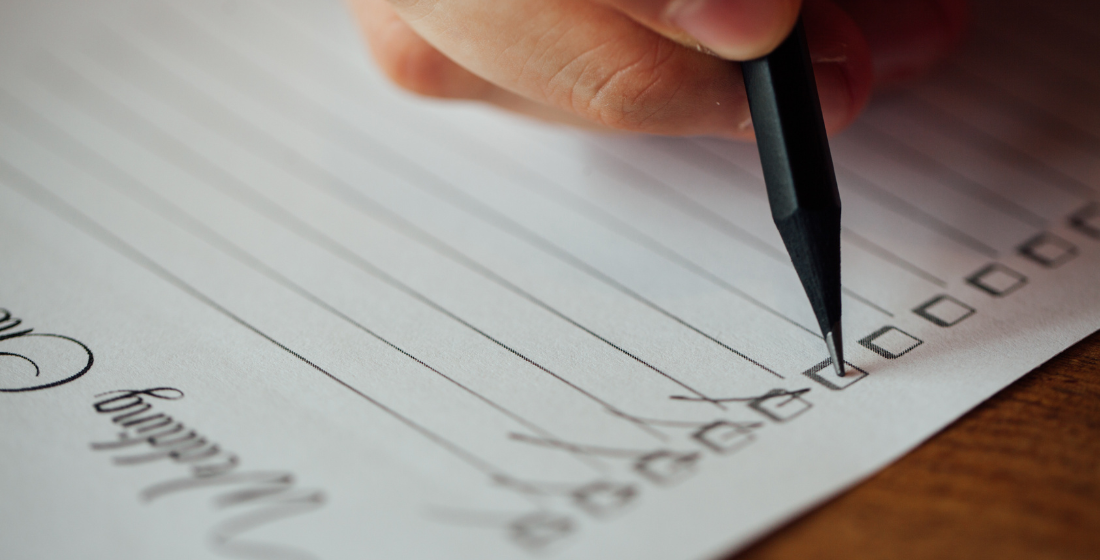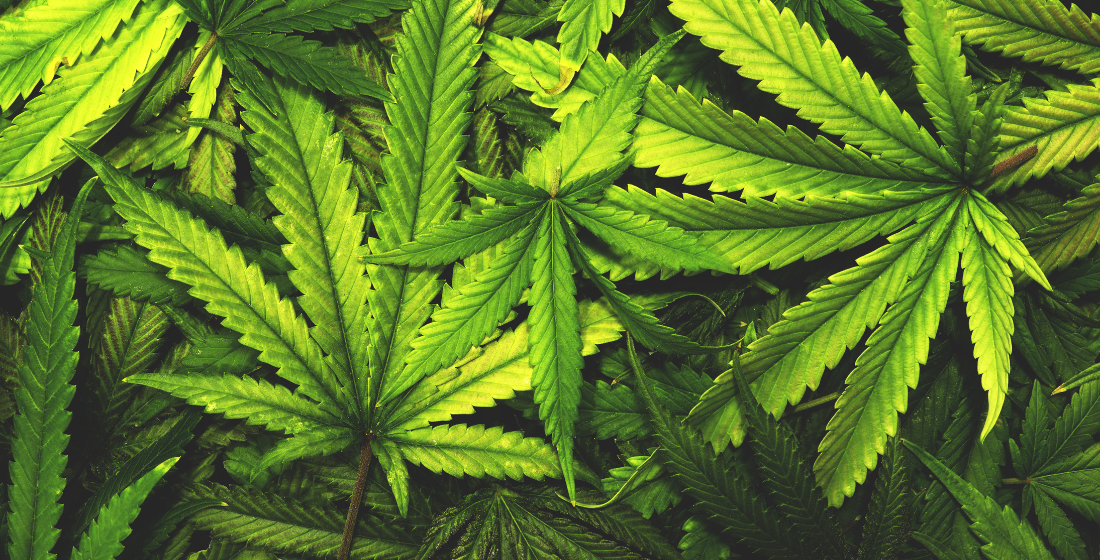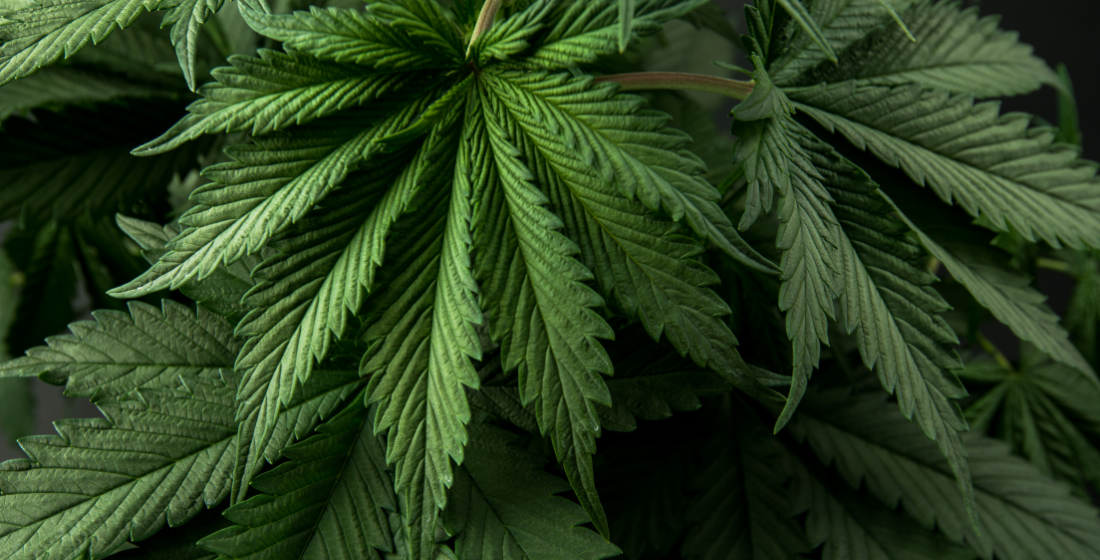Tips to Reduce Cannabis Use
For those looking to cut down on their cannabis consumption, here are actionable strategies that can make the process more manageable. 1) Use less cannabis per joint. Using a gram to make more joints is the easiest way to start cutting back. Simply twist some more blunts that won’t be nearly as intoxicating. Separate what…

For those looking to cut down on their cannabis consumption, here are actionable strategies that can make the process more manageable.
1) Use less cannabis per joint.
Using a gram to make more joints is the easiest way to start cutting back. Simply twist some more blunts that won’t be nearly as intoxicating. Separate what you’ll use each day and gradually reduce the amount of cannabis.
2) Delay the time of the first smoking of the day
For most people, the first joint is the most intoxicating one. The later you smoke, the longer you stay not stoned during the day and engage in work/study/hobbies with better results. Using cannabis first thing in the morning leads to tolerance and increases the risk of dependency.
3) Increase the time between cannabis use on the same day
Avoiding frequent use during the day and extending the intervals between use will lower your tolerance and help prevent smoking until you fall asleep.
4) When you combine it with cannabis, cut down on tobacco – vaporization is the better choice.
Smoking tobacco alone or in combination with cannabis significantly increases the risk of respiratory diseases, including lung cancer. The risk of becoming a regular tobacco smoker also increases. It’s easier to quit or cut down on cannabis if you quit smoking.
5) Reduce your caffeine intake
Coffee and other caffeinated products can counteract some of the calming effects of cannabis – as you cut back, you may find that you don’t need that much caffeine, and it will improve your sleep.
6) Engage in various activities while you are not stoned, especially physical exercise.
If you manage to reduce your use, you will find that you have more and more time throughout the day while you are less stoned. Plan new activities to avoid boredom – meet people, exercise, develop hobbies, and spend the money you save on people you care about or on your own personal growth.
7) Spend more time with non-smoking friends and family members
You don’t need to cut off contact with those who use cannabis, but you may need a few days or even weeks away from them. It can be challenging to restrict use if everyone in your environment smokes. You can tell them that you are quitting and explain why you want to spend your time differently.
8) Change the environment
It’s easiest to reduce or quit using if you’re away from home. Changing the environment will make it challenging to buy cannabis, and it will make it easier to avoid bumping into people and places you associate with cannabis. The novelty of the environment will distract your thoughts about use.
9) Portion your cannabis use
If you keep your cannabis in one purse, knowing exactly how much you are using can be challenging. It’s a good idea to weigh and divide it to see if you’re limiting your use more efficiently.
10) Watch out for an increase in alcohol consumption
If you crave cannabis, watch the way you drink alcohol. It may be a trigger and make some people return to cannabis use.
11) Adjust your reducing speed
A slower tempo is associated with less severe withdrawal effects, such as mood, sleep, and appetite disturbances. Most people should reduce their cannabis consumption by about 25% each week.
12) Change your perspective on cannabis use
Remind yourself of the harmful effects of cannabis use and the positive consequences of staying not stoned.
13) H.A.L.T. program
The H.A.L.T. program helps those dealing with dependency to stay aware of the four states that are especially dangerous:
H – Hungry
A – Angry
L – Lonely
T – Tired
To better cope with your cannabis use, try to avoid these states. It’s not possible to prevent them all the time, but when they occur, try H – eat, A – relax, L – call a friend, T – rest.
References:
Global Drug Survey. Safer Drug Use Limit Guidelines: The world’s first safer drug use limit guide
How to Quit Smoking Weed – Effective Guides for Quitting Marijuana (2022) by Trafalgar Addiction Treatment Centres
Similar Posts
Basics of Cannabis: Facts, Statistics and Active Components
The popularity and therapeutic potential of cannabis have made it a focal point of research and debate. Whether you’re considering its medicinal properties or just curious about its effects, understanding the basics of cannabis is essential. This article delves into the facts, statistics, and active components that make up this multifaceted plant. The Psychoactive Powerhouse…
Marijuana withdrawal: What are the symptoms and how can one cope with them?
Cannabis, popularly known as marijuana, has become an integral part of many people’s lives. However, like many substances, quitting it can lead to certain withdrawal symptoms. In this article, we will explore the withdrawal symptoms associated with marijuana and offer strategies to cope with them effectively. Withdrawal symptoms and other difficulties An in-depth look at…




